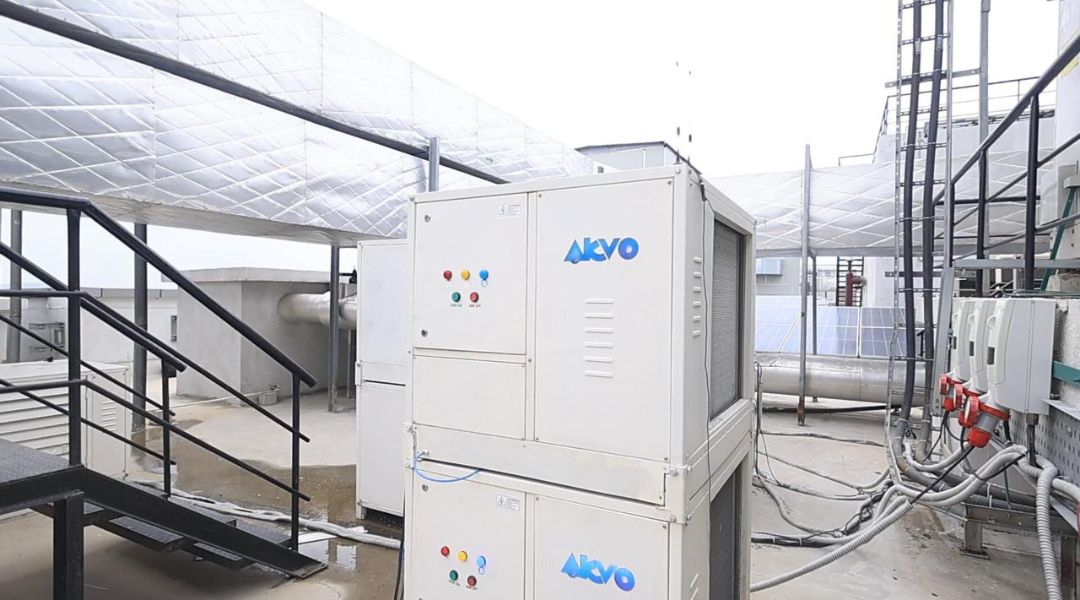
What if you could grow water, like plants? It would be available whenever you wanted it, you would know exactly where it came from, and it could possibly confirm the existence of magic in this world. Well, you can do all those things… kind of. Atmospheric water generators may not sound revolutionary or magical, but they do make water out of thin air.
How exactly do these devices work? These machines run on electricity. They suck in moisture from the in the air, the coils inside it condense the moisture to make water droplets, and after a filtration process — voila, you have fresh and clean water at your disposal.
There’s also Akvo, an air-to-water generator company based in Kolkata. Its founder Navkaran Singh Bagga says their vision was to increase water sustainability. “These machines give you a completely independent source of water that doesn’t require any other forms of distribution,” he says.
Additionally, these machines perform best when it is hot and humid. Bagga says, “It runs at its optimum level when the weather is above 30 degrees and the humidity is at around 85-90%. It’s like solar power in that sense — it works best in places with more sunlight.”
Another possible concern could be about pollutants. If our air is polluted, and the water is made from it, would that mean that the water is polluted as well? Well, these companies claim to have inbuilt filtration systems.
Atmospheric water generators suck in water vapour from the air. Their coils condense it into droplets. These droplets collect in a tray, where the water is collected, cleaned, purified, and then dispensed.
They range in sizes from 25L, for household use, to a 5,000L machine for schools, institutions etc.
Positive: With these air-to-water machines, you don’t have to rely on any external authority for your water. Negative: However, they need a certain degree of heat and moisture to be effective — they don’t work in areas where the moisture is under 20%
Excerpts from TOI
